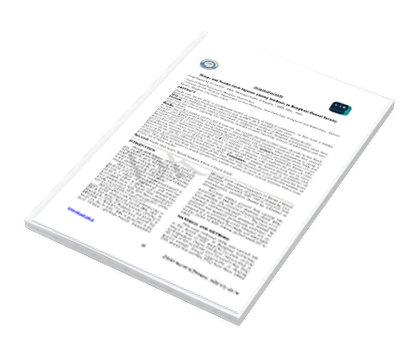Sharps and Needle-Stick Injuries among Students in Benghazi Dental faculty
DOI:
https://doi.org/10.37376/ljd.v4i1.1798Abstract
Needle stick injuries (NSi) is occupational hazard of concern in medical community; as they pose a hidden threat of transmitting blood-borne infections such as HBV, HCV and HIV in the clinic.
Aims were to determine the current status of NSIs among dental students in Benghazi dental faculty.
Methods: 183 clinical years students were asked to complete a specifically designed questionnaire about their experience and opinions regarding NSi. Questions included incident reporting, sources of information and seriousness of NSi.
Results: Forty-five students (24.5%) had at least one NSi incident throughout their years of study in this faculty, more than (25%) of them had it more than once. About 80% of such incidents occurred in the first clinical year (3rd year BDS), particularly during injecting local anesthetic (18 students), when attempting to recap a needle (16 students), or when they were handling sharps (7 students). The student’s knowledge about NSIs was principally gained from classroom lectures alone (155 students), or from other local advertizing media (15 students), or through instructions from clinical staff (13 students). Only Four students looked for further information from other sources such as scientific journals, textbooks, or libraries, (132) students are aware of clinic post exposure protocols, for 42 of them it was easy to understand and follow, 140 students think that an extra-precautions are necessary in dealing with patients of high risk, while 145 students believe that the needle stick injury is serious risk for infection transmission in clinic. Conclusions: many factors such as availability of digital media, good classroom lecture coverage of NSi issue, and local educational events had raised the level of awareness among students about NSi in this faculty; nonetheless, NSi do occur in a considerable number of students. More efforts are needed to closely monitor new trainee students at their clinical sessions with a compulsory use of safety needles.
Downloads

Downloads
Published
How to Cite
Issue
Section
License
Copyright (c) 2022 Libyan Journal of Dentistry

This work is licensed under a Creative Commons Attribution-NonCommercial-NoDerivatives 4.0 International License.







